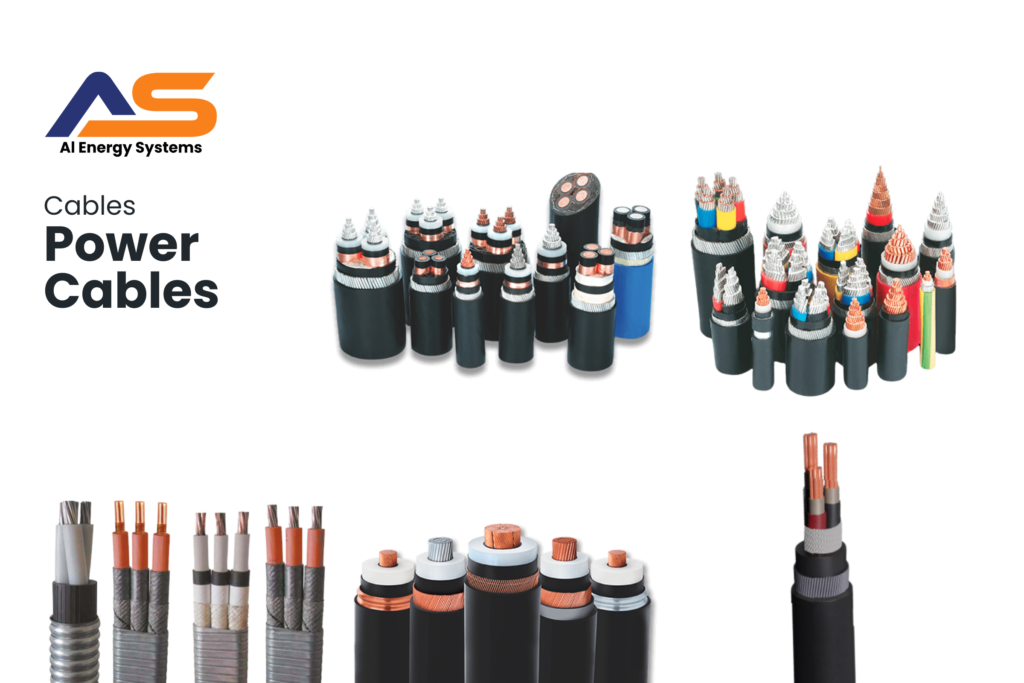Power Cables
Cables

Power Cables: Ensuring Safe and Efficient Electrical Flow
What are Power Cables?
Power cables are essential components for transmitting electrical power in various applications, from residential buildings to heavy industrial operations. Designed to withstand high voltages, these cables ensure the safe and efficient distribution of electricity, keeping systems running smoothly.
Key Features of Power Cables
- Durability: Made with high-quality materials for long-lasting performance.
- High Voltage Capacity: Suitable for transmitting large amounts of electricity.
- Insulation: Prevents electrical leakage and ensures safety.
- Flexible Design: Easy to install in a variety of environments.
- Corrosion Resistance: Protects cables from environmental damage.
Types of Power Cables
Power cables come in various configurations depending on the project needs. Below is a table that shows different types of power cables:
| Cable Type | Description | Use Case |
|---|---|---|
| PVC Insulated Cables | Affordable and commonly used for low to medium voltage power transmission. | Residential wiring and light industrial use. |
| XLPE Insulated Cables | Cross-linked polyethylene insulation that can handle higher temperatures and voltages. | Industrial and commercial power systems. |
| Aerial Bundled Cables (ABC) | Bundled cables used for overhead power transmission. | Overhead power lines in urban and rural areas. |
| Armored Cables | Cables with an additional layer of armor for mechanical protection. | Heavy industrial and mining applications. |
| And More | Includes specialized cables such as fire-resistant, submersible, and more. | Varied applications based on unique needs. |
Applications of Power Cables
- Industrial Settings: Used for heavy-duty machinery and equipment.
- Commercial Buildings: Powering lighting systems, HVAC, and other electrical equipment.
- Residential Projects: For household wiring and electrical connections.
- Renewable Energy Systems: Connecting solar panels and wind turbines to grids.
How to Optimize Your Power Cable Layout?
- Plan Cable Routes: Minimize interference and maintain safe distances between cables.
- Use Proper Insulation: Choose cables with suitable insulation for your environment.
- Ensure Easy Accessibility: Install cables in a way that allows for easy maintenance and replacement.
- Avoid Overloading: Make sure cables are not subjected to excessive voltage or current.
- Choose the Right Cable Type: Select cables based on voltage, environment, and load capacity requirements.
Get Expert Advice on Choosing the Right Power Cables!
Whether you’re working with solar energy, wind energy, high-tension systems, or industrial power systems, Al Energy Systems is here to guide you in selecting the perfect power cables that meet your project’s specific needs. Contact us today for a free consultation!



